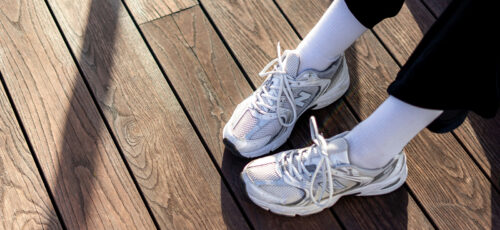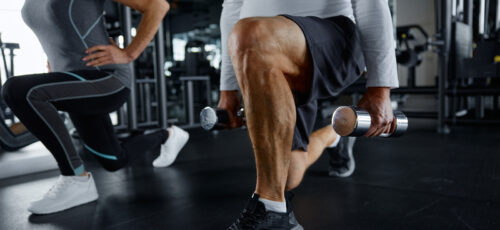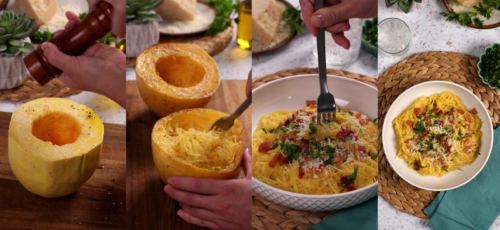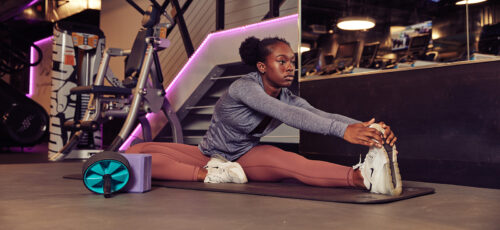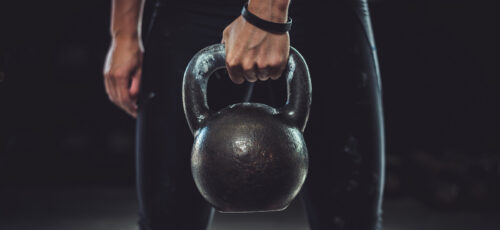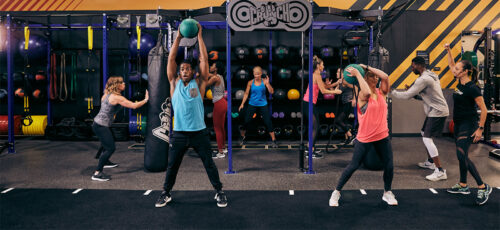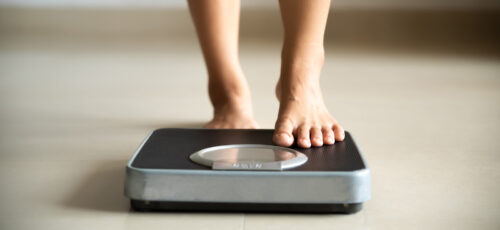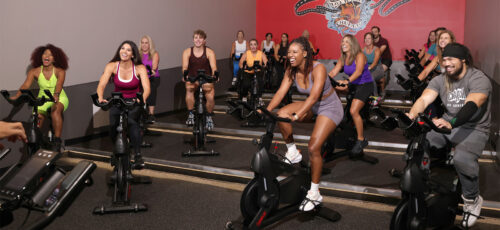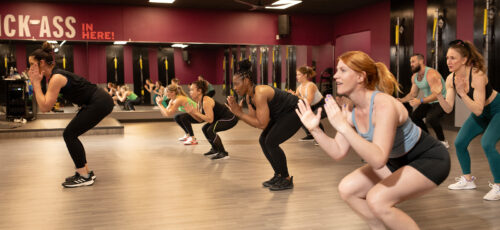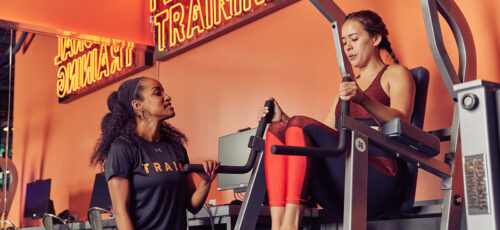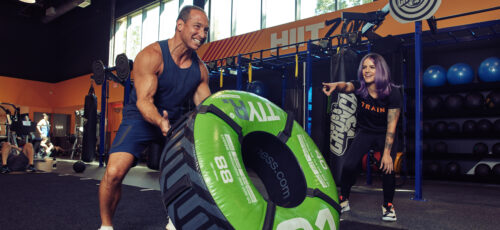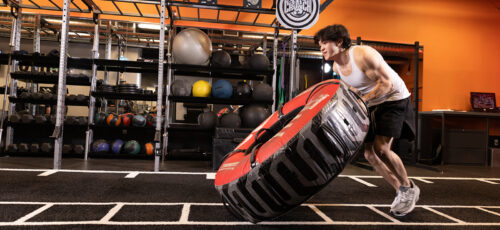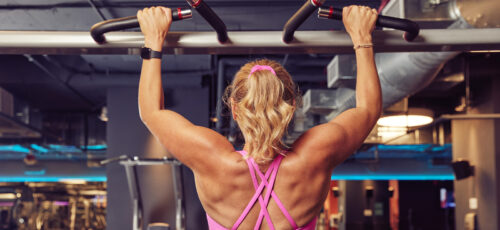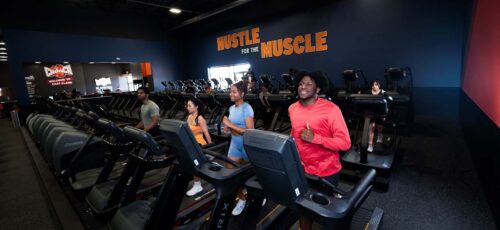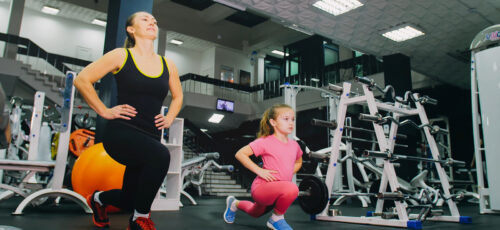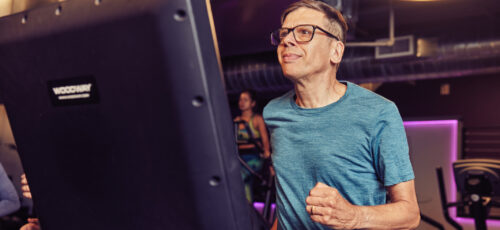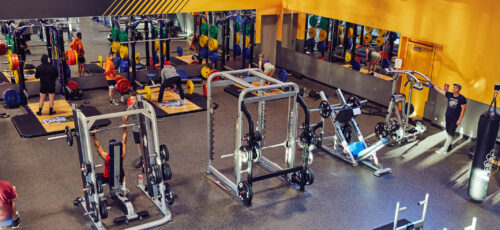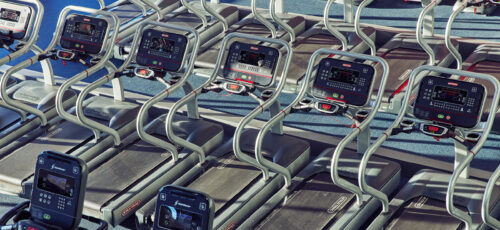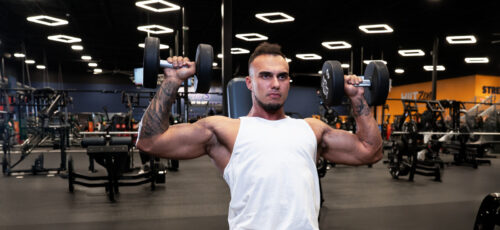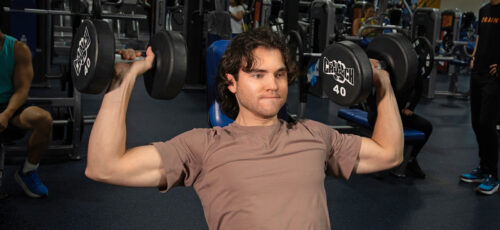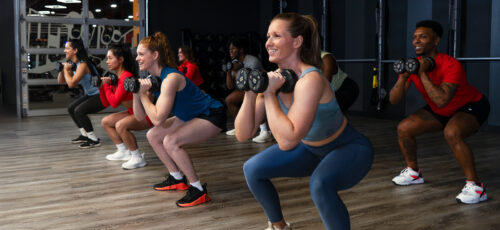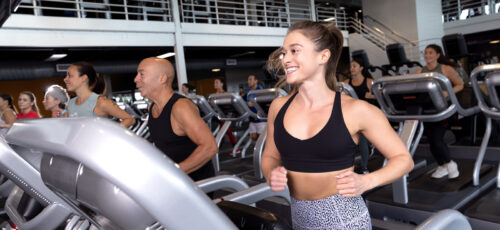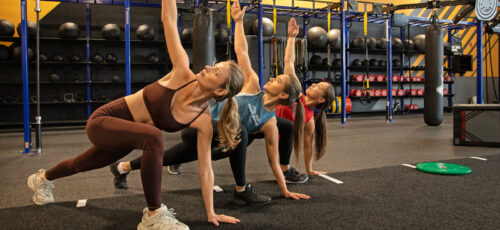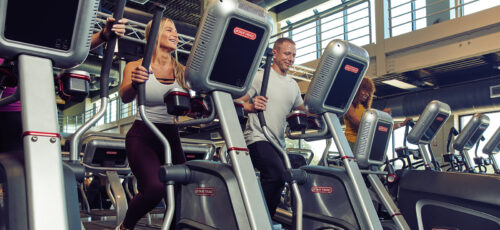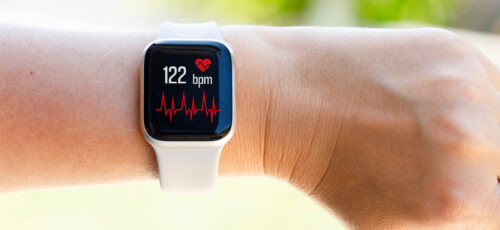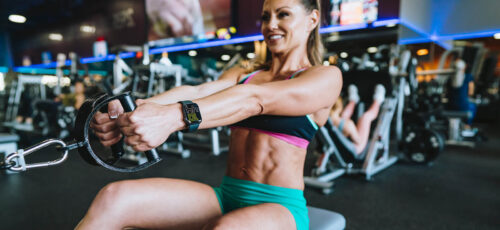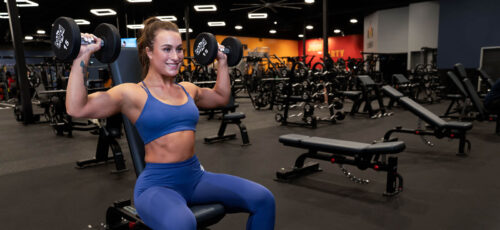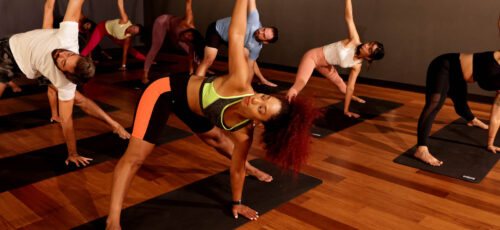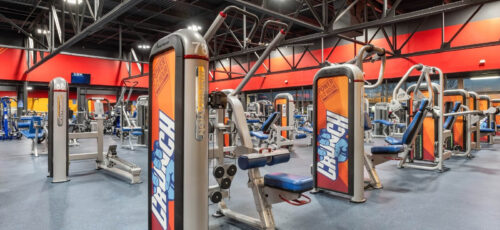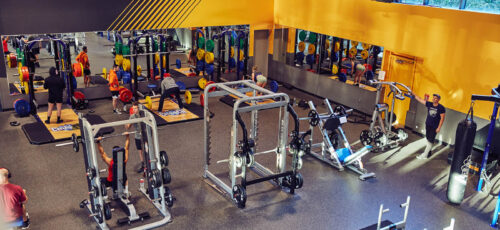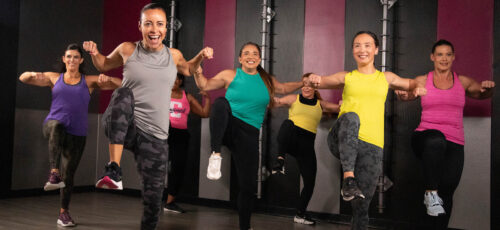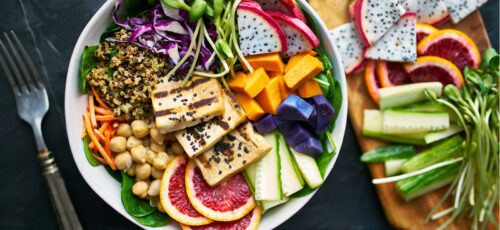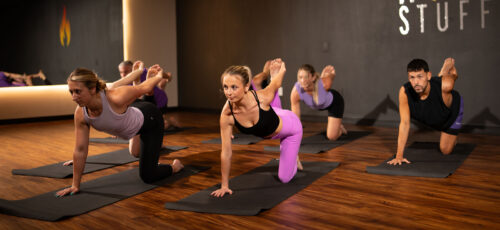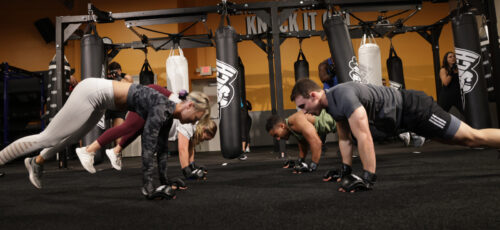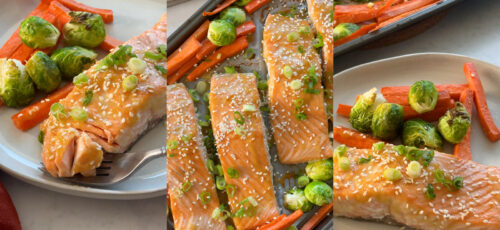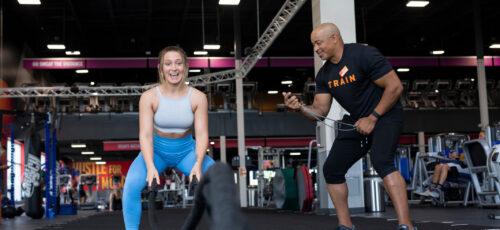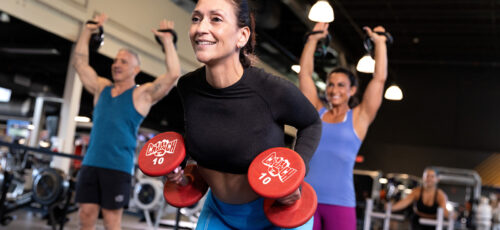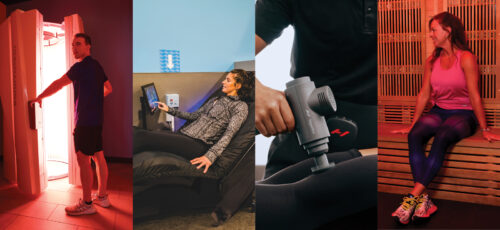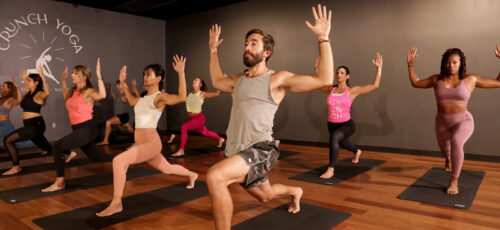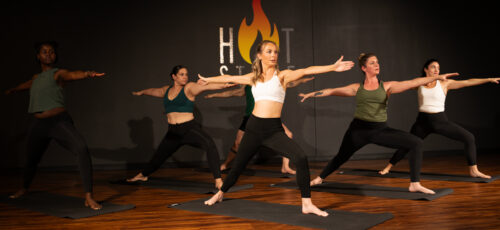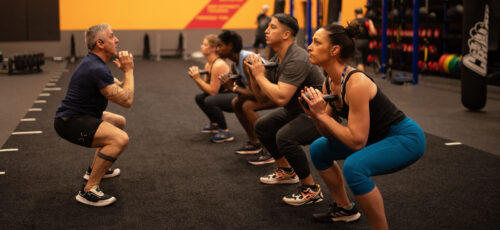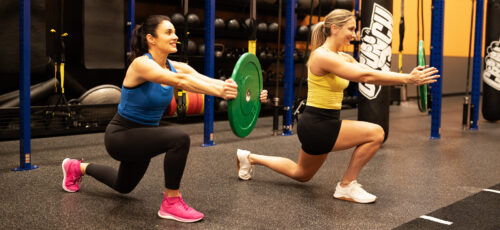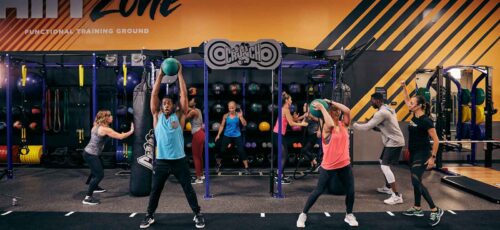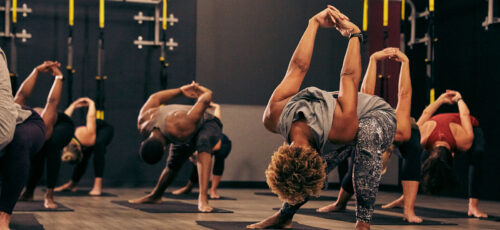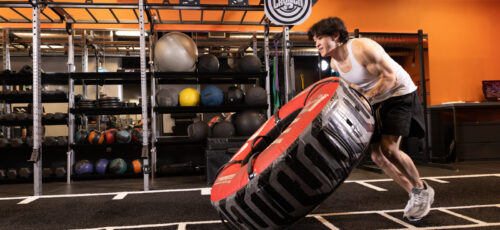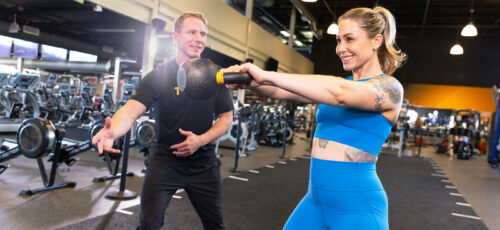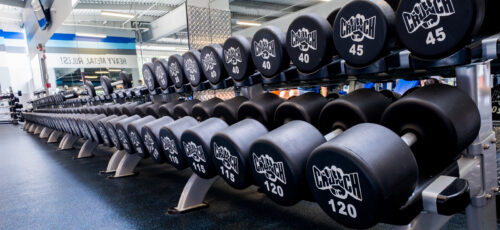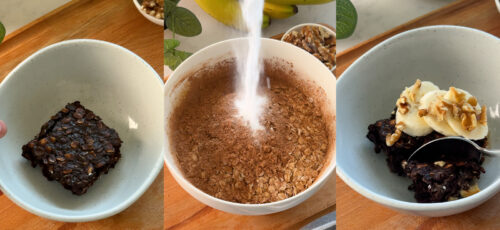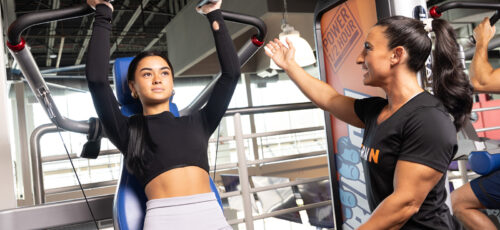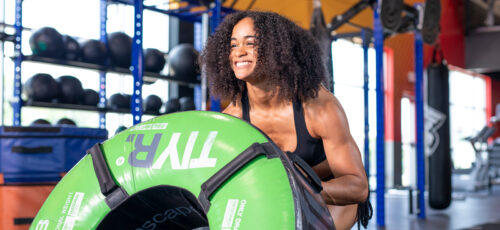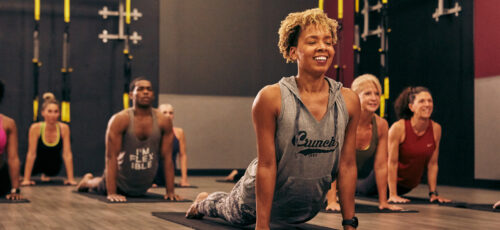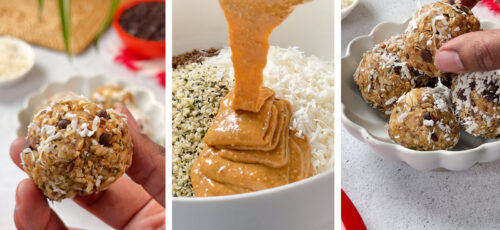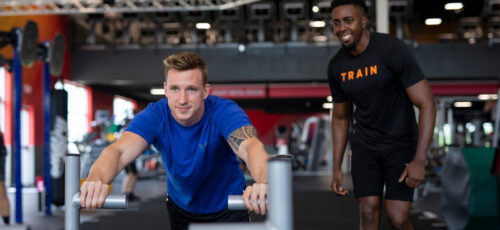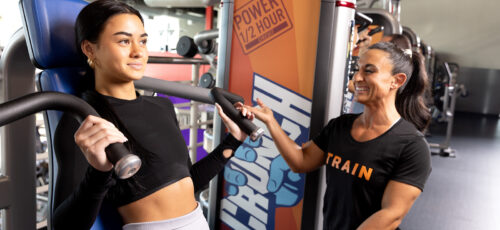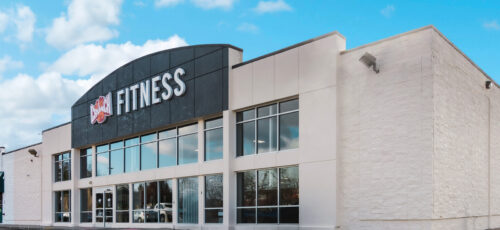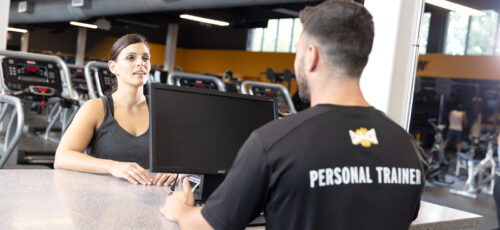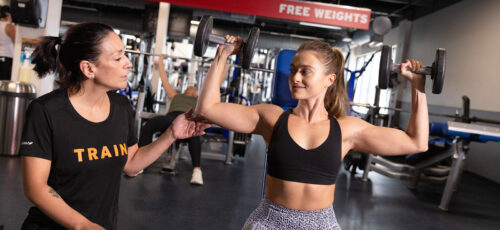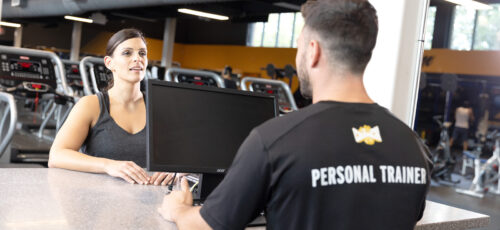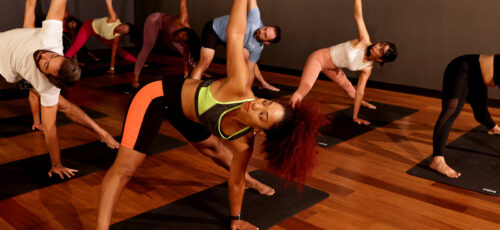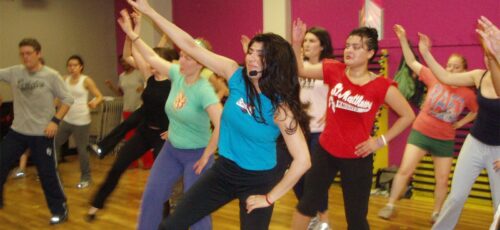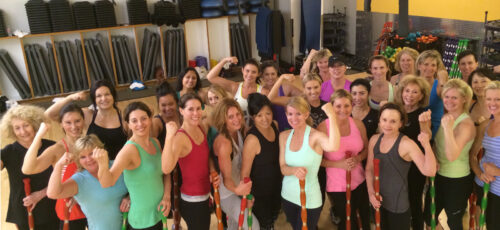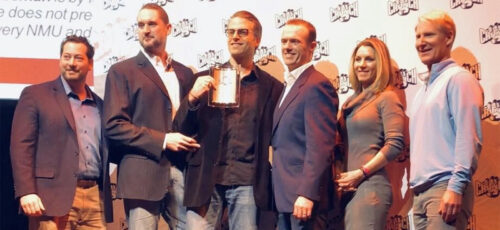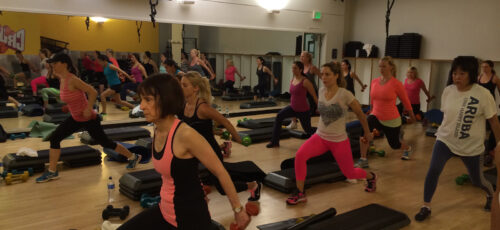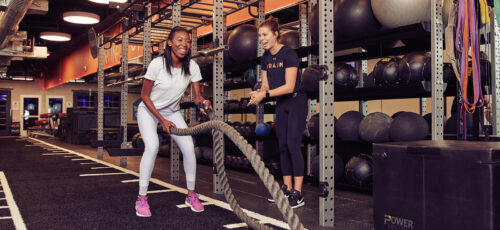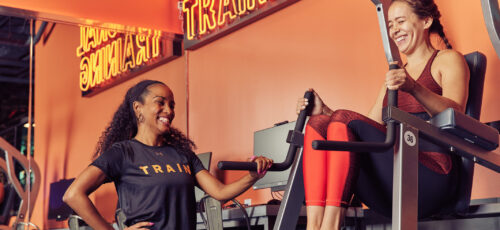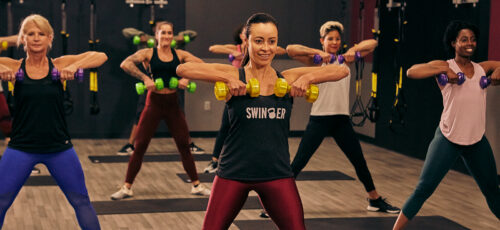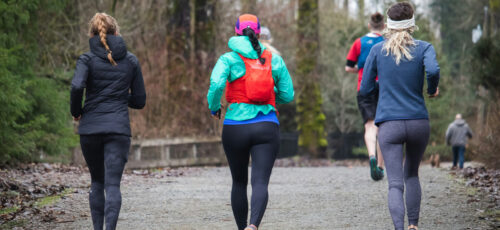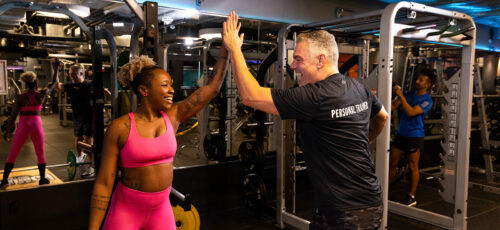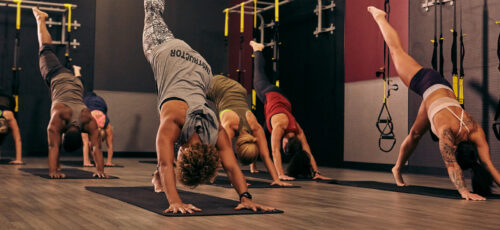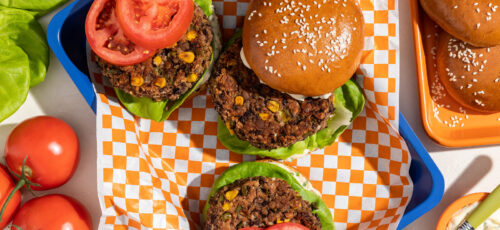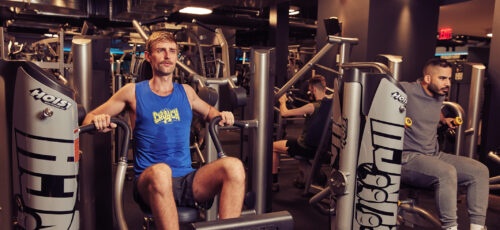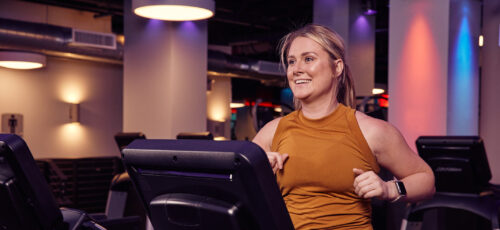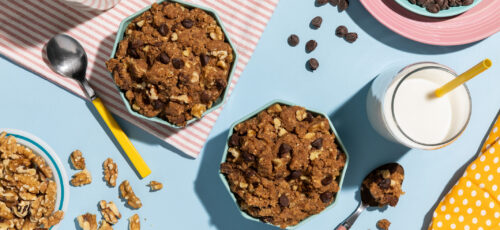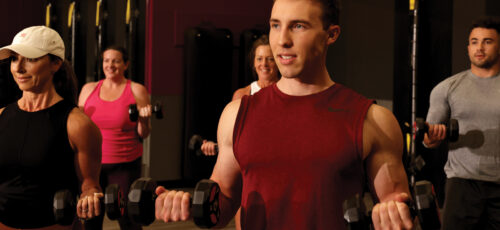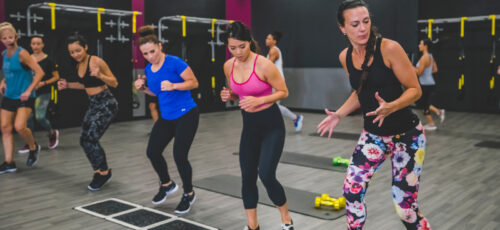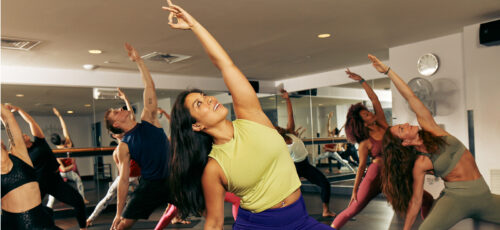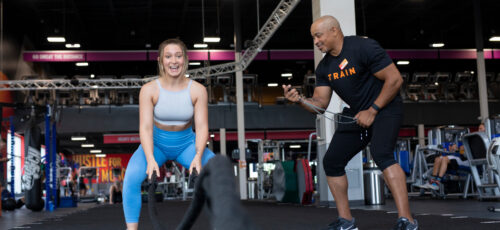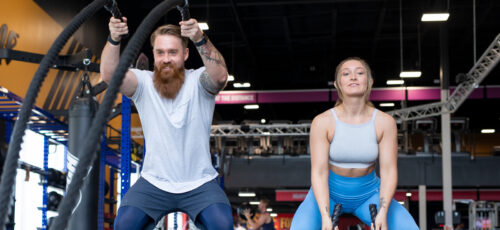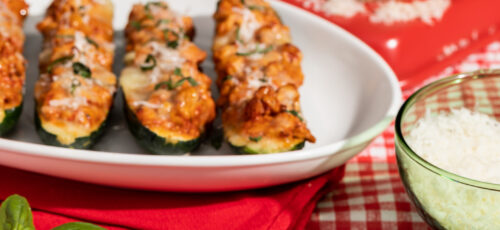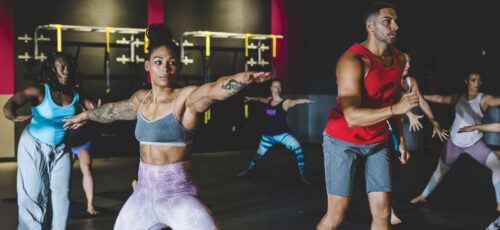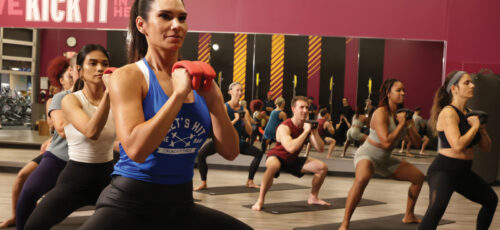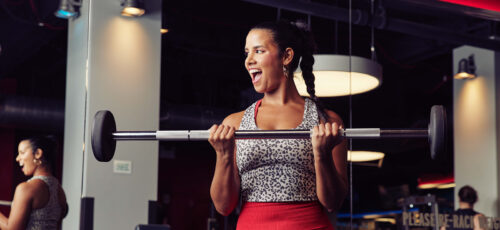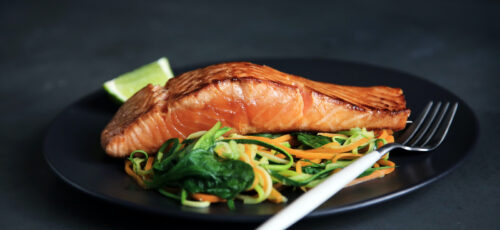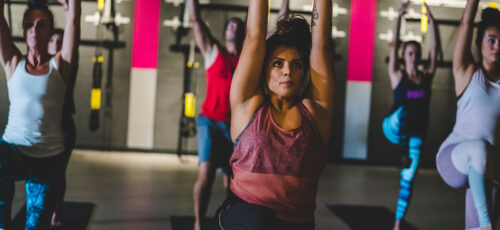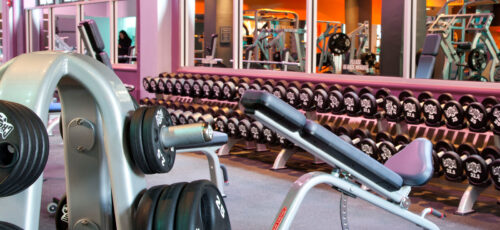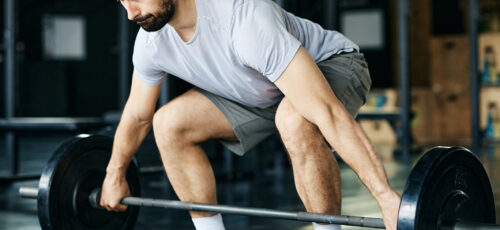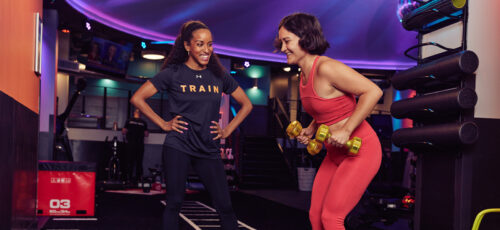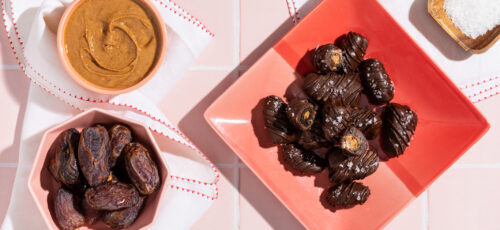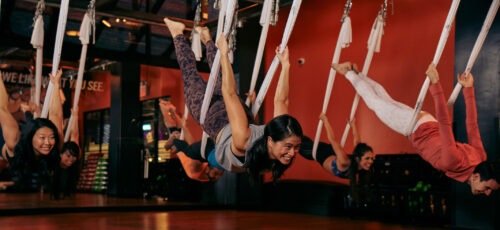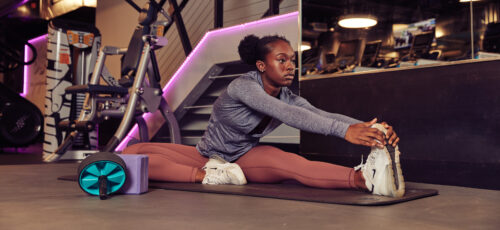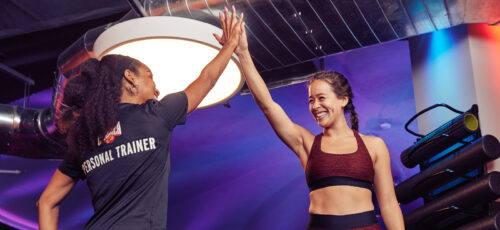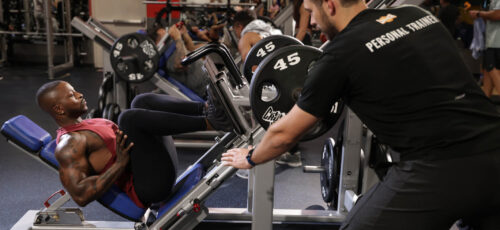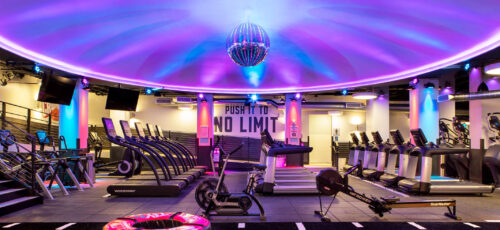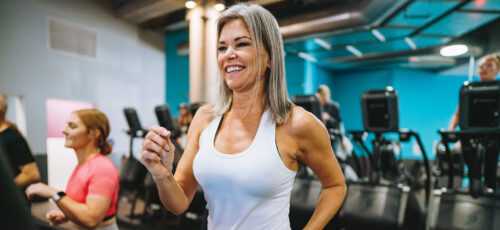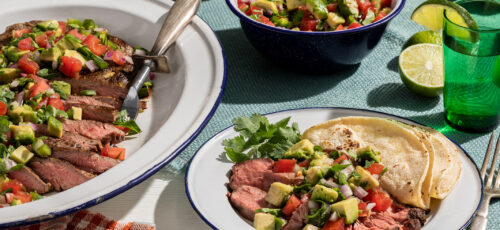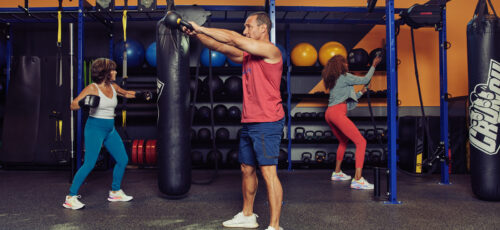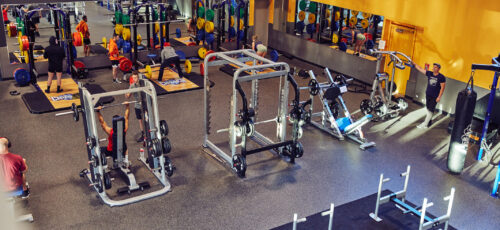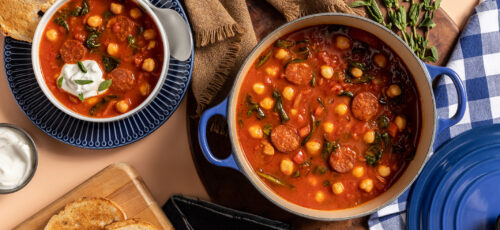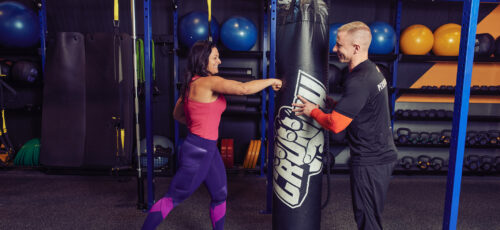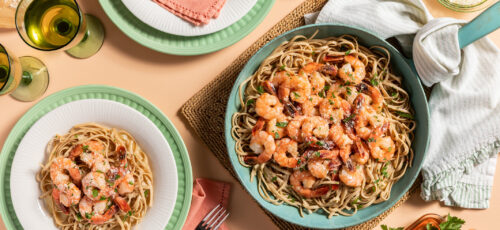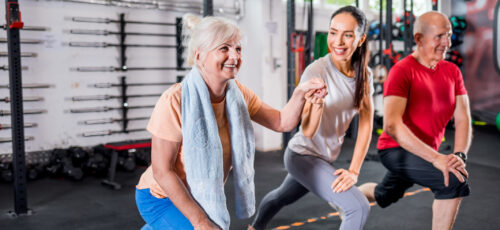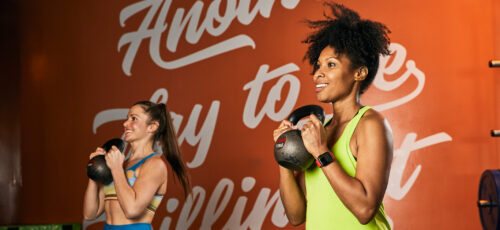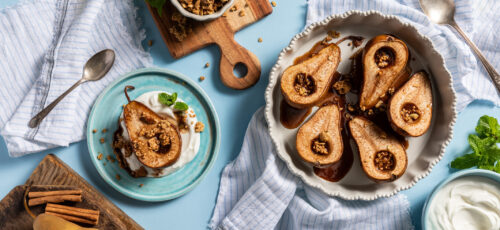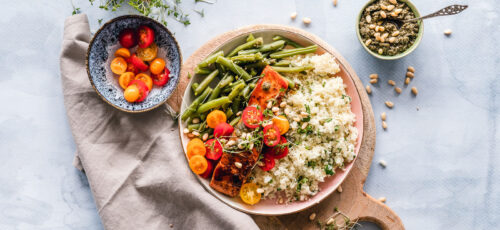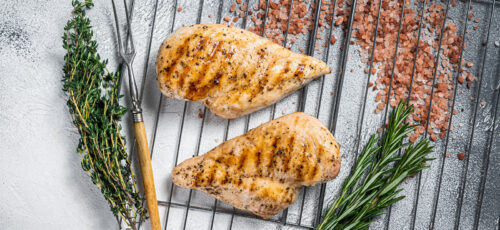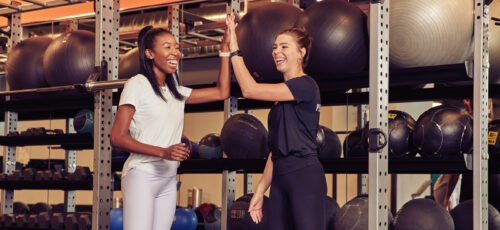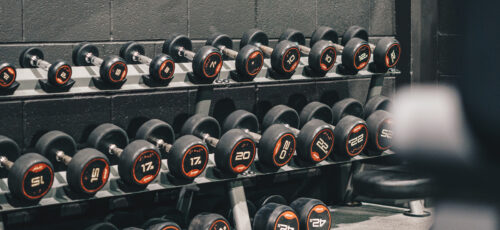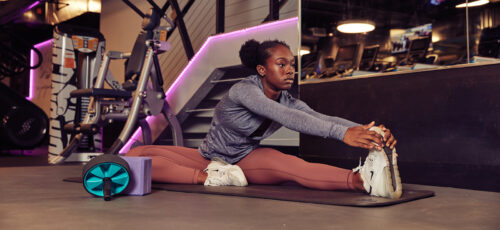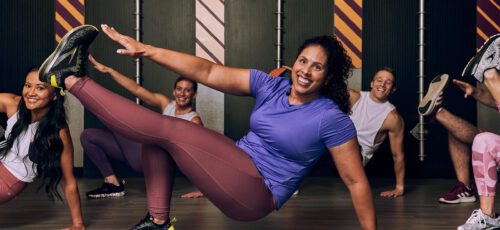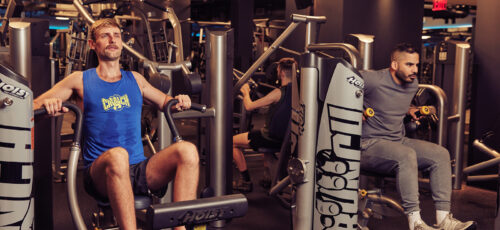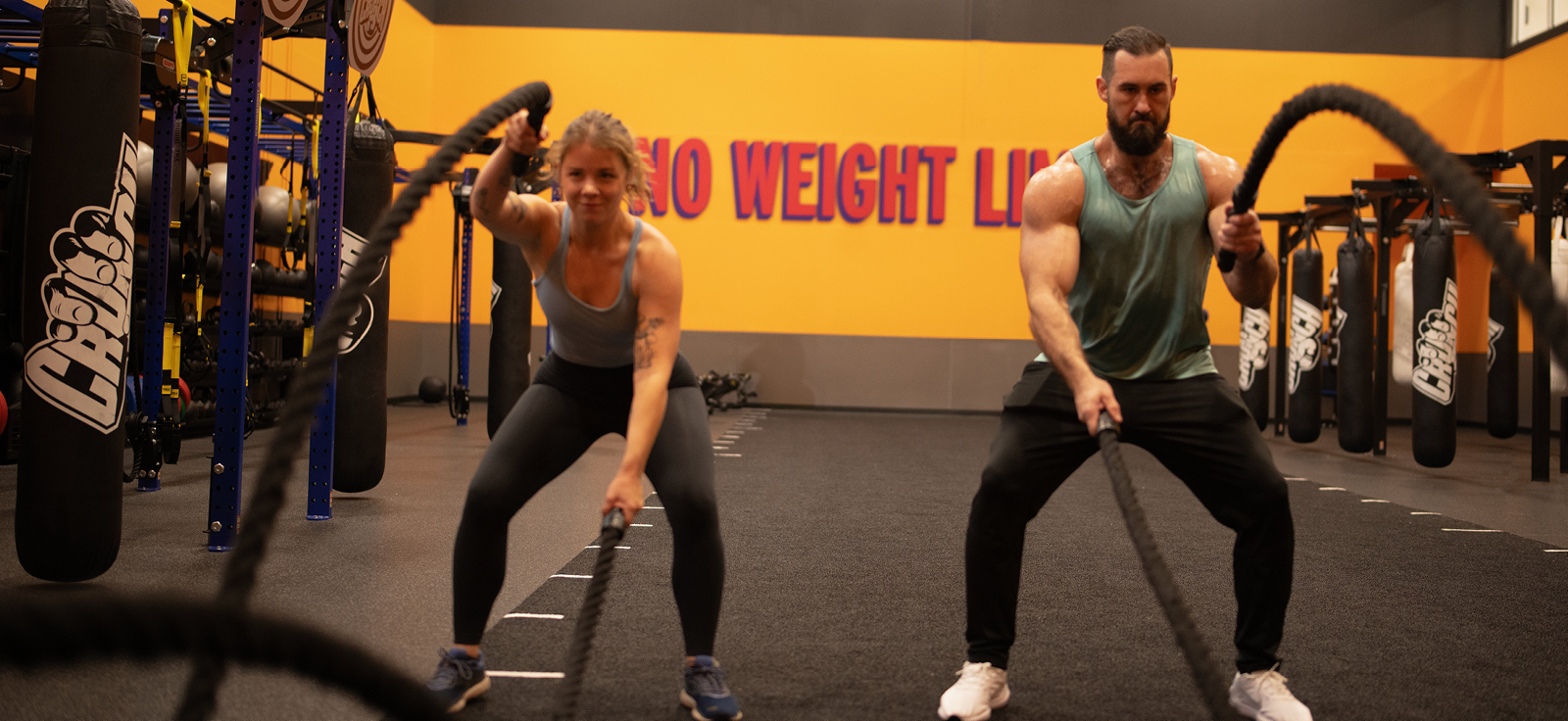
“Does HIIT Training Burn Muscle?” is a common concern among gymgoers who love the efficiency and intensity of HIIT but don’t want to compromise their muscle gains.
While High-Intensity Interval Training workouts are often associated with fat loss and cardio, they can also be a secret weapon for muscle growth.
The fear that HIIT might burn muscle comes from the fact that intense cardio can sometimes lead to muscle loss if done excessively or without proper nutrition.
However, High-Intensity Interval Training differs from traditional cardio because it involves high intensity for short durations. So, does this mean HIIT burns muscle?
Let’s explore this topic, dispel some myths, and uncover the reality behind HIIT and muscle preservation.
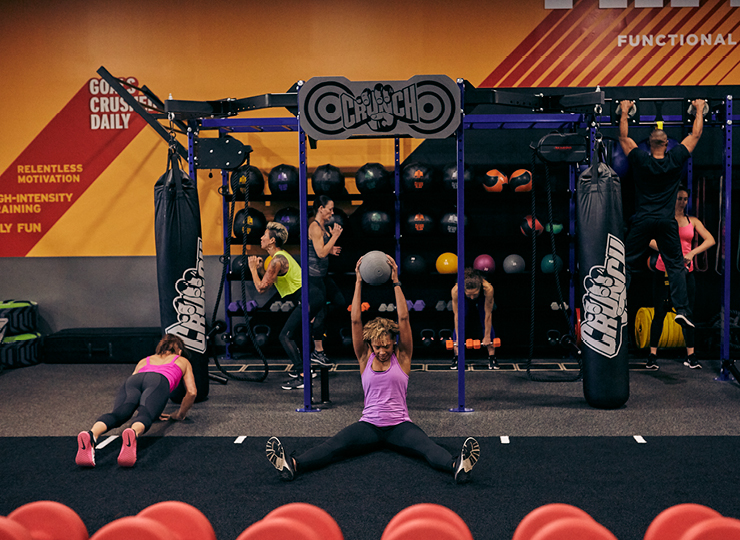
So, what’s the deal with High-Intensity Interval Training?
HIIT is a fantastic tool for anyone looking to get fit, lose fat, and maintain or stimulate muscle. This workout involves short bursts of intense exercise followed by brief periods of rest or low-intensity activity.
For example, sprint for 30 seconds, then walk for a minute and repeat. This type of workout is known for being quick, effective, and great for burning calories.
High-Intensity Interval Training is particularly beneficial for fast-twitch muscle fibers, which are more engaged during explosive movements.
The anaerobic elements of HIIT workouts, such as jump squats, sprints, and burpees, challenge your muscles to perform at their maximum capacity and intensity, leading to increased strength and muscle growth.
Health Benefits of HIIT Workout
- Efficiency: One of HIIT’s biggest draws is its efficiency. You can get a great workout in a relatively short amount of time, making it perfect for busy schedules.
- Cardiovascular Health: High intensity exercises is excellent for improving heart health. The intense intervals get your heart rate up quickly, which can improve cardiovascular fitness over time.
- Fat Burning: HIIT workouts are known for their fat-burning potential. The intense bursts of activity can boost your metabolism, helping you burn more calories even after your workout.
- Muscle Building: While High-Intensity Interval Training is primarily known for its cardio benefits, it can also help with muscle building, mainly when it includes bodyweight exercises like push-ups, squats, and burpees.
- Variety: HIIT workouts can be easily customized to keep things interesting. Mix and match different exercises and intervals to suit your preferences and fitness level.
High intensity intervals are versatile and adapted for all fitness levels. Whether you’re a beginner or an experienced athlete, you can modify the intensity and duration of the intervals to match your fitness level.
Examples of HIIT Workouts
HIIT is an excellent option because it helps you burn 25-30% more calories than other forms of exercise. Additionally, its high intensity keeps your metabolism elevated, allowing you to continue burning fat long after your workout.
Let’s dive into a selection of the most effective High-Intensity Interval Training designed to help you achieve your goals.
HIIT for Fat-Loss
HIIT is an efficient approach for reaching full-body fat loss. It engages a variety of muscle groups, making it a versatile choice. For example, consider the following fat-burning HIIT circuit:
- Reverse lunge: 10 reps on each side
- Mountain climbers: 15 reps on each side
- Shoulder taps: 15 reps on each side
- Push-ups: 10 reps
- Side plank: 30 seconds on each side
- Repeat five times
The key to success with HIIT is to put in maximum effort to burn calories, build lean muscle, and ensure a highly effective workout. Reverse lunges strengthen the core and leg muscles, while mountain climbers combine resistance and cardio training in one movement.
Exercises like shoulder taps and push-ups enhance muscle development by engaging multiple muscle groups. This workout also helps elevate your heart rate and burn more calories.
HIIT for Muscle Gain
The study published by the National Library of Medicine (NIH) shows that HIIT workouts effectively increase fast-twitch muscle fibers, which are crucial for building strength and speed.
HIIT can be particularly potent for muscle gain when combined with weight training.
Here’s an example of a HIIT workout designed for building muscle:
- Kettlebell swings: 15 reps with a moderate weight
- Lunges with dumbbells: 10 reps on each side with a medium weight
- Russian twists with dumbbell: 20 reps on each side with a moderate weight
- Burpees: 15 reps
- Goblet squats with kettlebell: 15 reps with a medium weight
- Repeat six times
The goal is to perform these exercises in three to five-minute intervals, repeating the circuit six times.
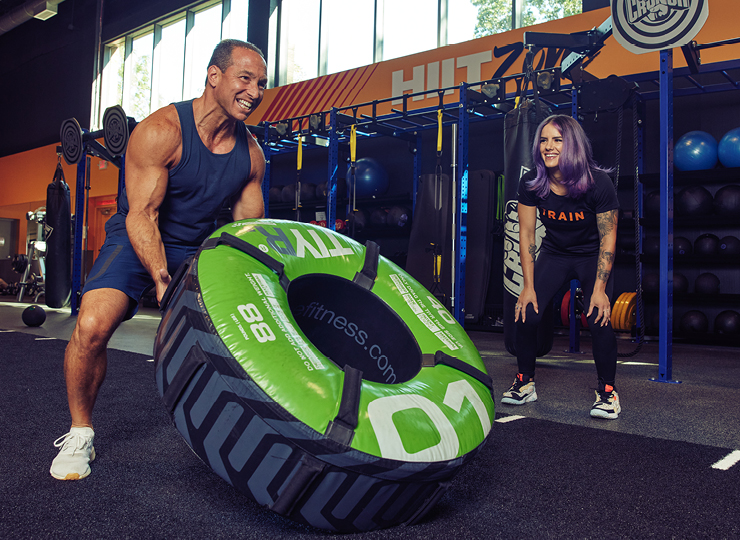
HIIT for Endurance: Aerobic & Anaerobic
Adding High-Intensity Interval Training to your cardio routine can improve your game. Regular cardio focuses on muscle groups and burns fat, whether you’re using equipment or not.
But to really boost your aerobic and anaerobic endurance, mixing up your training styles is key.
HIIT involves quick bursts of intense exercises that shoot your heart rate up fast, helping you torch calories rapidly for a more extended period.
Here’s an example of a HIIT workout that boosts both aerobic and anaerobic endurance:
- Mountain climbers: 30 seconds
- Bodyweight squats: 30 seconds
- Push-ups: 30 seconds
- High knees: 30 seconds
- Repeat six times
As we mentioned, the secret to effective cardio HIIT training is to engage your entire body, keep rest periods short, and maintain high intensity throughout the session.
This approach ensures you get the most out of your workout, improving your stamina and overall fitness.
Does HIIT Burn Muscle?
Research on HIIT and muscle preservation shows that HIIT is generally effective at maintaining or building muscle mass. Several studies indicate that HIIT can stimulate muscle growth and improve strength, especially when combined with resistance.
For example, a study published in the Journal of Strength and Conditioning Research found that HIIT improves muscle endurance and strength in gymgoers who also engage in resistance training.
HIIT sessions typically involve high-intensity bursts of exercise, which can enhance muscle protein synthesis and activate fast-twitch muscle fibers—crucial for muscle growth.
Additionally, HIIT can increase growth hormone levels and testosterone, both of which play a role in muscle maintenance and development.
Conditions Under Which Muscle Loss Might Occur
When it comes to HIIT, it’s great for preserving muscle, but there are a few things to keep in mind to prevent muscle loss:
- Excessive Frequency or Duration: Doing HIIT training too often or for too long without proper recovery can lead to overtraining, which might cause muscle breakdown.
- Deficient Nutrition: Make sure you’re consuming enough calories and protein to help your muscles recover and grow. HIIT increases your body’s energy and protein needs, so meeting those nutritional requirements is vital to avoid muscle loss.
- Lack of Resistance Training: While HIIT is awesome, it’s also good to include dedicated strength training in your routine for optimal muscle growth. HIIT should complement, not replace, regular resistance.
Key Factors: Muscle Hypertrophy
Muscle hypertrophy occurs when muscle cells get bigger. It happens when you do resistance training or other exercises that push your muscles.
When you lift weights or do tough workouts, tiny tears occur in your muscle fibers. As your body fixes these tears, your muscle fibers grow and strengthen, making your muscles more prominent.
There are two main types of muscle hypertrophy:
Myofibrillar Hypertrophy
This involves an increase in the size and number of myofibrils, which are the contractile elements of muscle fibers. It leads to greater muscle strength and density.
Sarcoplasmic Hypertrophy
Focuses on increasing the sarcoplasm, the fluid surrounding the myofibrils, and other non-contractile elements within the muscle cell. It helps improve muscular endurance and energy storage.
If you want to see some serious muscle growth with your high intensity exercise, keep in mind the following key things: intensity, recovery, nutrition, and exercise variety.
To really pump those muscles, your HIIT workouts should be intense enough to get those muscle fibers firing on all cylinders. But be sure to give yourself enough time to rest and recover.
Pushing too hard without enough rest can actually break down your muscles, so take it easy and space out your sessions.
Eating right is super important, too. Make sure your diet is loaded with protein to help your muscles repair and grow. Meeting your calorie and protein needs will help your body bounce back and build muscle after those killer workouts.
It’s also a great idea to mix in some resistance exercises and traditional strength training with your HIIT workouts. This variety will target different muscle groups and help you get stronger all over.
By paying attention to these key factors, you’ll be able to get the most out of your high intensity exercise in terms of muscle growth while keeping the risk of muscle loss low. Keep it up; you’re doing great!
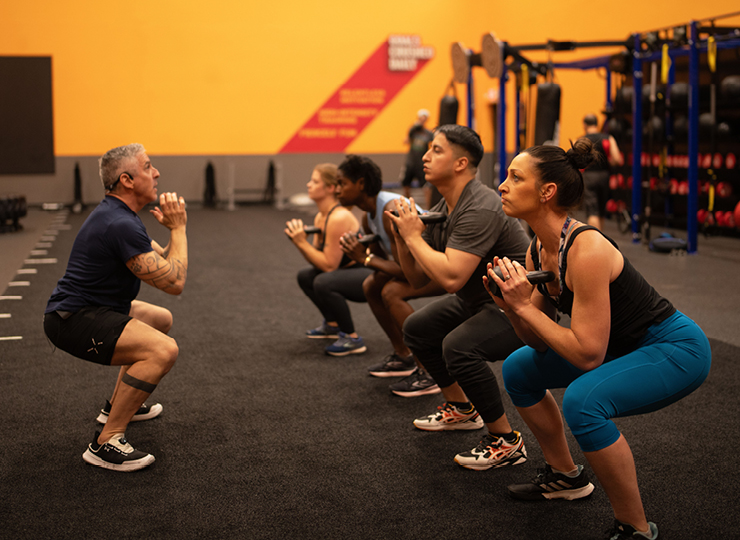
Overtraining vs HIIT: Finding balance
The National Library of Medicine highlights that extreme overtraining or Rhabdomyolysis happens when damaged muscle tissue releases its fibers into the bloodstream, which can lead to kidney damage or failure.
Recent HIIT programs often include a mix of explosive exercises like plyometrics, mountain climbers, and burpees. While these exercises are excellent when used correctly, a one-size-fits-all approach can be problematic, especially in high-intensity routines with frequent high-impact movements.
One key sign of overtraining is persistent fatigue that needs to improve with rest. You may also experience decreased performance and strength, which indicates that your body isn’t recovering properly.
Muscle soreness that lasts longer than usual, along with increased susceptibility to injuries or illness, are also red flags. Mood changes, such as irritability or depression and trouble sleeping, can further signal overtraining.
Additionally, if you notice a lack of enthusiasm for workouts that once motivated you, this could be a sign of burnout.
Combining HIIT with Muscle-Building
Combining HIIT with muscle-building exercises creates a well-rounded workout targeting aerobic and anaerobic systems. This combination helps build lean muscle mass, improve endurance, and effectively burn fat.
HIIT and muscle-building training work great together and can help you achieve faster results. However, it’s best to avoid doing both types of training on the same day.
Weight training focuses on increasing muscle size and strength, while HIIT aims to boost endurance, improve cardiovascular health, and burn fat. Since these goals involve different energy systems, keeping them separate can help avoid conflicting objectives.
Join Us!
Crunch promotes a culture of positivity, inclusivity, and fun with no judgments by providing an environment for all individuals regardless of their health and fitness goals. Find a Crunch gym near you to try our free trial membership, or join Crunch now. We’re here for you – at the gym or at home. Access the best live & on-demand workouts anytime, anywhere with Crunch+. Ready to get sweaty? Try hundreds of workouts for free! Start your free trial now!










